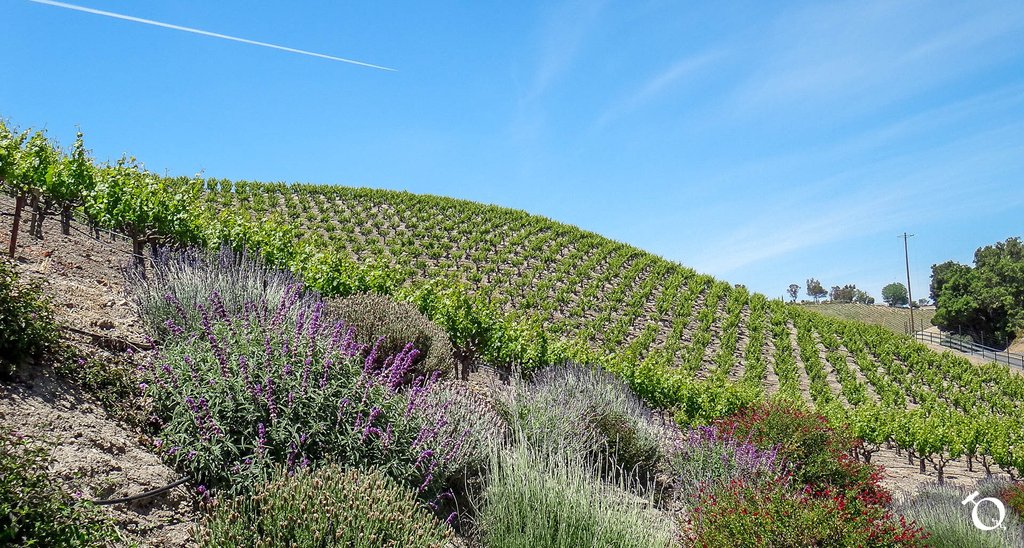Not all wine region stories end happily and Benmore Valley is one of those. Established in 1991 this Lake County location was named for Benjamin Logan Moore a cattle rustler from the 19th century. Moore would raid local ranchos and drive the cattle to the high mountain valley where they could graze and he could watch for pursuit. Unfortunately for him, news of his nefarious deeds made continued life in Benmore Valley impossible so he, as they said in his day, took a French leave. He is said to have gone to South America where no more was ever heard of him.
This is not an auspicious beginning to the story of this appellation. In truth, “valley” is not really an apt name for the location. It is really more like a mountain depression. The rocks bedrocks are part of the Franciscan Assemblage which was formed before the existence of the San Andreas fault and uplifted as a result the subduction of the Farallon plate. Benmore Creek runs through the valley floor and there are three small man-made lakes that received permits in 1990.
The soils on the floor of the valley are mostly Manzanita Loams with low slopes. The soils are very deep and made up of alluvial deposits from mixed rocks. While the soils are well drained the permeability of the soils are very slow that makes irrigation necessary and difficult. Up the walls of the hillsides, the soils are amix of Maymen-Etsel-Snook, Maymen-Etsel-Mayacama and Maymen-Etsel-Speaker series. These soils are found on significantly steeper terrain are shallow with high amounts of runoff.
The climate of the appellation is cooler than the surrounding area with an average temperature of 55℉ as opposed to 58℉ and 56℉ for Ukiah and Lakeport respectively. The other climate issue is frost. The surrounding lowlands typically experience their last frost of the season in March, but the Benmore Valley often have freezing into May. Because of this issue, the growing season is short and they grapes often fail to achieve peak flavor.
The transition of the valley to a vineyard was undertaken by the Trione family of Trione Winery and formerly of Geyser Peak. The vineyard was used primarily for growing Chardonnay and the grapes went to Geyser Peaks as well as Kendall Jackson and Korbel.
After several years of fighting the elements in the valley, the Triones sold the property in 2006. All but ten acres of vines were pulled out and the property is being used as a rental property. When asked if the family viewed the valley ashaving viticultural potential, a family spokesmen replied, “Because of the temperatures and the temperature changes, it is still expensive to farm."
Sadly, Benmore Valley has become a ghost of a viticultural area.





















